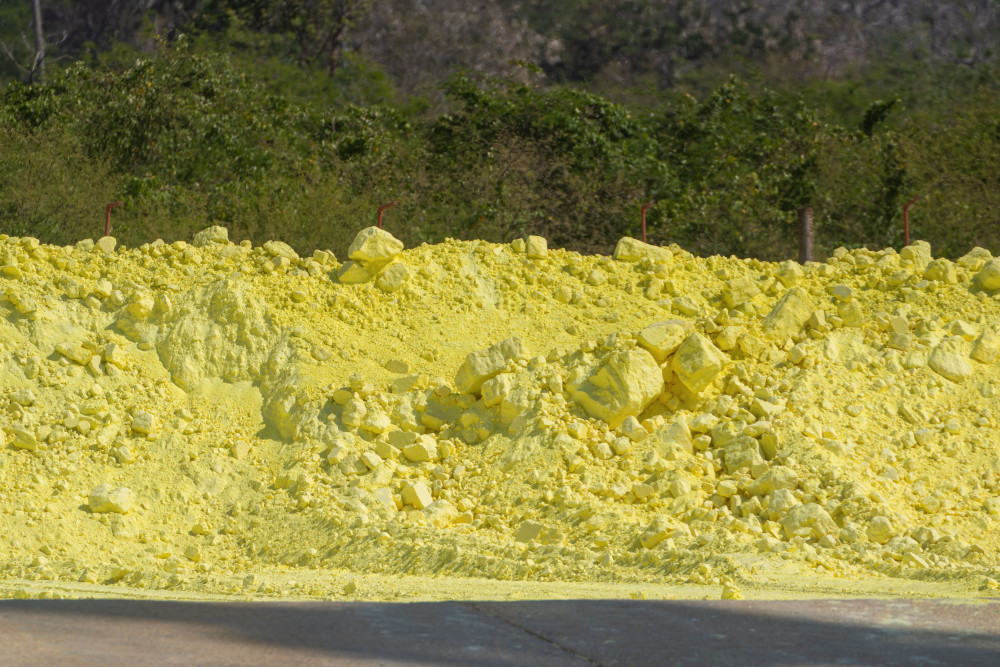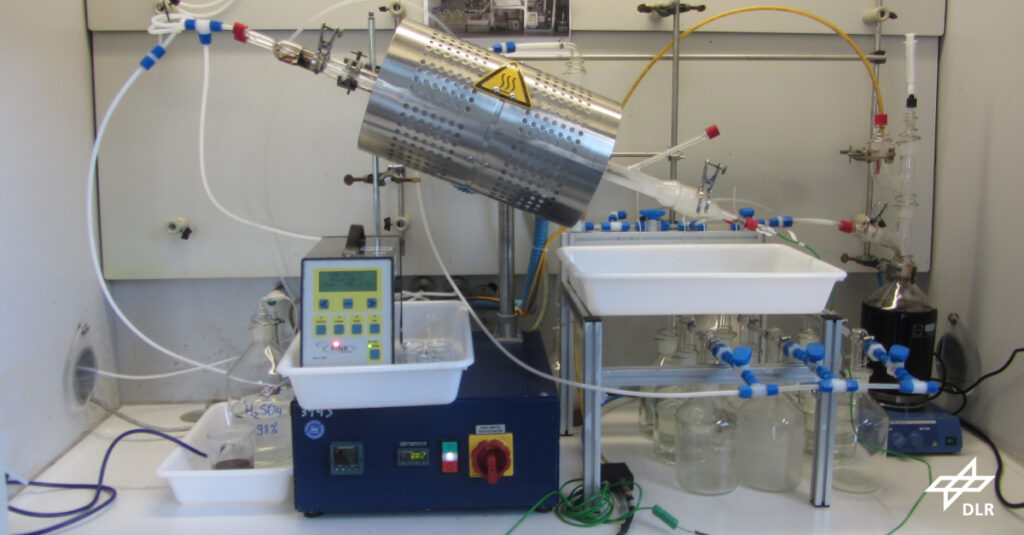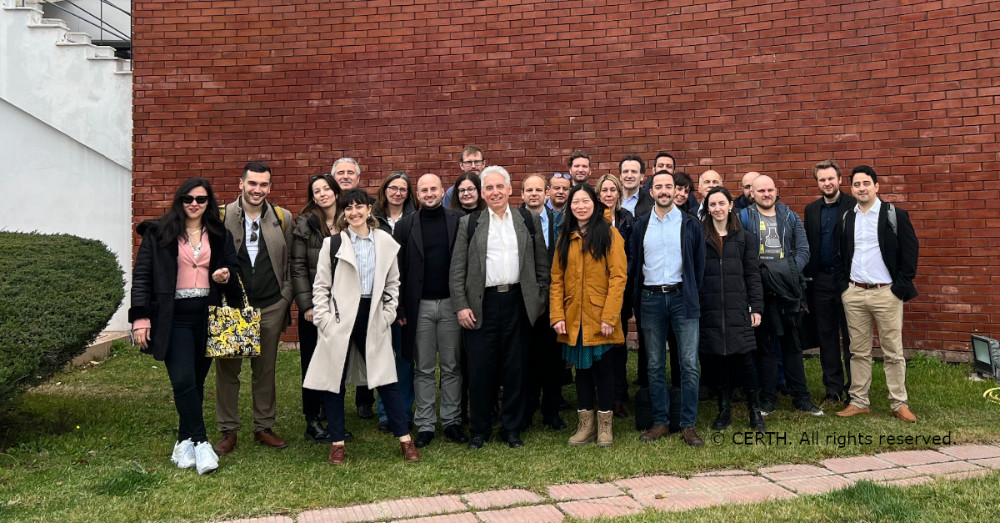The SULPHURREAL project demonstrates an innovative approach to the direct storage of concentrated solar energy in solid elemental sulphur. The basic idea is to use concentrated solar energy to cyclically drive a series of chemical reactions that interconvert sulphuric acid and sulphur. The cycle can also be operated using sulphuric acid (H₂SO₄) and sulphur feedstocks from existing large-scale industrial processes.
Sulphur, the ninth most abundant element on Earth, is a significant by-product of natural gas desulphurisation in the oil industry. Approximately 70 million tonnes of sulphur are produced annually, mostly as a by-product of crude oil and natural gas processing. Sulphuric acid, on the other hand, is the world’s most widely produced chemical. It serves as a vital raw material for numerous industries, including fertilisers, explosives, dyes, plastics, and pharmaceuticals.

In the SULPHURREAL cycle, sulphuric acid is first evaporated and then sequentially decomposed into sulphur dioxide (SO2), oxygen (O2), and steam (H2O) using heat from concentrated solar irradiation. The sulphur dioxide then reacts with water to produce sulphuric acid and elemental sulphur (through the so-called disproportionation reaction). The sulphur stores a significant proportion of the solar energy that was used to decompose the sulphuric acid and can be combusted on demand to release this energy in the form of high-temperature heat. This offers several advantages since sulphur can serve as energy storage medium over long periods of time and can be easily transported.
All gaseous intermediate products of the cycle such as sulphur dioxide and sulphur trioxide are recirculated internally without being emitted into the atmosphere.
The approach works through a sustainable, continuous cycle process that harnesses and stores solar energy, providing a reliable and sustainable power source. The following animation illustrates the successive chemical reactions.
The approach works through a sustainable, continuous cycle process that harnesses and stores solar energy, providing a reliable and sustainable power source. The following animation illustrates the successive chemical reactions.
The results of the SULPHURREAL project can offer decisive advantages to the industry in terms of energy efficiency and sustainable utilisation of raw materials. By directly storing solar energy in solid elemental sulphur, dependence on fossil fuels is reduced. This approach also promotes the integration of renewable energy into existing industrial processes. The knowledge gained in the project SULPHURREAL provides the foundation for future developments that are both economically viable and environmentally friendly and contribute in diversifying our society’s future portfolio of energy mix.
The results of the SULPHURREAL project can offer decisive advantages to the industry in terms of energy efficiency and sustainable utilisation of raw materials. By directly storing solar energy in solid elemental sulphur, dependence on fossil fuels is reduced. This approach also promotes the integration of renewable energy into existing industrial processes. The knowledge gained in the project SULPHURREAL provides the foundation for future developments that are both economically viable and environmentally friendly and contribute in diversifying our society’s future portfolio of energy mix.

To achieve this goal, the project consortium is working closely together. The cycle consists of three main processes that are being developed in the SULPHURREAL project.
The development of the sulphuric acid splitting reactor is being led by DLR. They collaborate with Exomatter (Material Databases), UPAT (Catalyst Screening), TCD (Catalyst Coatings), CERTH (Catalyst Development) and Saint Gobain (Advanced Materials Shaping).
The disproportionation reactor is developed by ENEA in cooperation with DLR (Reactor Design and Engineering), UPAT (In-situ Spectroscopic Process Monitoring), Exomatter (Material Databases), CERTH (Materials Supplier) and TCD (Catalyst Coatings).
KIT is carrying out the research on the sulphur combustor in cooperation with Saint-Gobain (High-temperature Coatings). A life cycle assessment is conducted by RISE. CERTH creates a digital twin of the project process.


This project has received funding from the European Union’s European Innovation Council and SMEs Executive Agency (EISMEA) programme under grant agreement no 101115538. Views and opinions expressed are however those of the authors only and do not necessarily reflect those of the institutions of the European Union. Neither the European Union nor the granting authority can be held responsible for them.